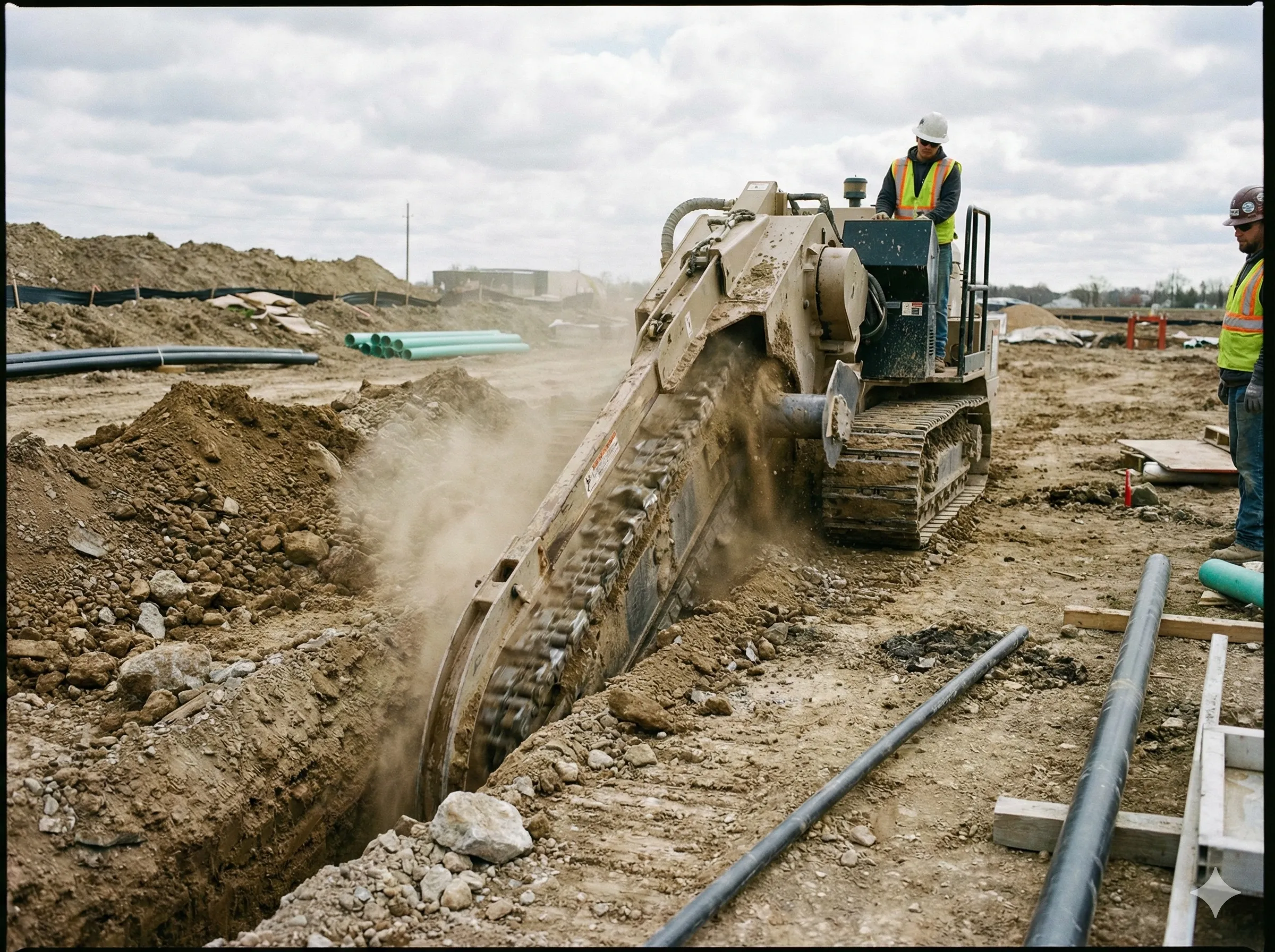Surface finishing is a critical step in manufacturing that must never be skipped or be done in a halfhearted fashion. It affects how a product performs and how long it lasts. Poor surface finishing can lead to various problems, and these problems can impact everything from the functionality of a product to its appearance. Let us explore how poor surface finishing can have a negative effect.
Increased Wear and Tear
Poor surface finishing often results in rough or uneven surfaces, and such surfaces create more friction. Think of sliding your hand across sandpaper versus smooth glass. The sandpaper creates much more friction. This increased friction can cause parts to wear down faster. This is especially true for parts that move against each other. Consider the gears in a machine. If they have a rough finish, they will wear out quickly. This can lead to premature failure of components. It also results in higher maintenance and replacement costs.
Corrosion and Oxidation Risks
Many materials are vulnerable to corrosion. This is especially true if they are not properly treated. Poor surface finishing can leave materials exposed, and this makes them more susceptible to corrosion and oxidation. These processes can weaken the material, and they can also compromise its structural integrity. This is a serious concern in industries, such as aerospace and automotive. A corroded part on an airplane or car could have catastrophic consequences. Proper surface finishing, such as painting or coating, helps protect materials from these threats.
Reduced Mechanical Performance
The finish of a surface affects how well parts fit together. If the surfaces are rough or uneven, parts will not fit together properly. This can reduce the precision of assembled components. Imagine building a puzzle where the pieces do not fit. The final picture will not look right. Similarly, poorly finished parts can affect the overall functionality of a product. It can also impact its efficiency and reliability. This increases the risk of mechanical failure.
Visual Appeal and Branding Implications
Surface finishing does not only affect functionality. It also has an impact on appearance. Poor finishing can leave scratches, discoloration, or other defects. These flaws can make products look unprofessional, and they can also make them appear low-quality. This is especially important in consumer-facing industries. Customers expect products to look good, and a lack of refined finishing can damage a company's reputation. It can also reduce customer confidence. Think about buying a new phone with scratches on the screen. You would probably be disappointed.
Higher Long-Term Costs
It might seem like skipping surface finishing saves money. However, this is often a short-sighted view. Poor finishing can lead to more expenses in the long run. These expenses might include rework, warranty claims, or product failures. Investing in proper surface treatments, such as polishing or coating, is a better approach. It helps extend product lifespan. It also reduces operational costs over time.
Ignoring or neglecting surface finishing can lead to various problems, and these problems can be costly and even dangerous. Therefore, investing in proper surface finishing is a worthwhile investment. It ensures product quality and customer satisfaction.















